Forests for the future
Babirye Jane, Emelise Uwase, Salim Kabano, Regine Mignon, Patrick
(Rwanda’s Wild Chronicles)
Mabira forest in Eastern Uganda was the ‘in-thing’ for school tours during the late 1990’s and early 2000’s. Being one of the country’s largest tropical forests (about 300 square meters), Social Studies/Geography teachers always organized school trips for students to witness the country’s gem, in addition to learning about its pivotal role towards the wellbeing of human beings, animals, and the country as a whole.
Unfortunately in 2007, the government approved the depletion of the forest, giving away almost 13% to a sugarcane growing company. Today, my nephews in school state that their schools neither teach much about the forest, nor suggest it among the places to be visited during school tours. Although I didn’t ask what ‘excuse’ their school administration provides for not doing so-knowing that school curriculums have changed since my time in school, either way, I wasn’t astonished, not after reading this article from Daily Monitor.
How forests benefit communities
Having lived in Rwanda for the past seven years, I have been privileged to not only enjoy the beauty of the country-as most of the places within and outside of Kigali have trees, but also witnessed firsthand the significance of trees and forests at large to communities.
In Rwanda, during summer (the hottest period of the year), walking on the streets is not as ‘hectic’ as in Kampala where I hail from, the weather remains chilly and the air fresh. Thus, one’s health is almost rare—cases of headaches, dehydration, sunburn, dry skin, you name it—are minimal.
Domestic tourism in Rwanda is booming thanks to forest conservation. This has improved people’s livelihoods through the creation of employment opportunities (tour companies like Tourism Lovers 250, Tembera 250), and increased government revenue through taxes, leading to the development of infrastructures within the country.
Additionally, domestic tourism adventures such as hiking, cycling, and camping have improved people’s mental health. Usually carried out in groups, the activities provide room for interactions and networking. (Joining a hiking group in 2023 helped me beat depression from COVID-19, and halted movements as a result of the closure of the Rwanda-Uganda borders and my father’s death in 2022).
Moreover, participants learn about Rwanda’s culture through engaging with locals, not to mention enriching their understanding of the different trees, plants and animals encountered during the event. This in turn makes it easier for the government to educate them about forest conservation having witnessed its benefits firsthand.
Challenges for our generation in building resilient forests
When it comes to building resilient forests, political systems in some countries pose an enormous challenge for our generation. In Uganda for instance, the government’s failure to tame corruption has led to incompetence in institutions like NEMA (National Environmental Management Authority) and NFA (National Forestry Association) as it is alleged that they’re always on the watch while certain individuals engage in illegal deforestation and logging.
Besides, the high corruption rates have forced the masses to lose trust in the government whereby any sensitization carried out about the impact of forests on climate change is ‘politicized’, hence hindering the building of resilient forests.
Additionally, population growth has increased the demand for land for; agriculture, settlement, firewood, and livestock farming, hindering the building of resilient forests in our generation.
Ultimately, ignorance among the masses exacerbates the issue. Until 2022, during an environmental training at MKUR (Mount Kenya University Rwanda), despite hearing the term ‘climate change’ before, I hadn’t internalized its magnitude, not to mention how I always thought it was the government’s role to curb the impacts. After the training, I dedicated myself to teaching my Ugandan peers about climate change, only for them to say that Rwanda has ‘spoiled’ me.
Actions to be taken so that building resilient forests succeeds
According to reports, more than 60% of Africa’s population are youth. Although the level of education is still relatively low in the continent, and the unemployment rate is still high, his age group is considered very energetic. Hence, investing immensely in the forestry sector would not only put their energy and skills to good use but also immensely curb the unemployment levels, as the sector offers a vast amount of opportunities that should be exploited.
In the same way, young people tend to adapt easily to new developments and technologies, thus sensitizing them about the impacts of forests on climate change and social development is likely to yield swift results. This should be done right from the grassroots while ensuring their needs are considered. For instance, environment and conservation studies can be enacted in school curriculums right from elementary school.
Moreover, strict laws should be established by governments and responsible authorities to implement practices that balance ecological health and human needs. For example, reforestation and afforestation should be emphasized to increase resilience, in addition to continuous monitoring and research to convert threats.


